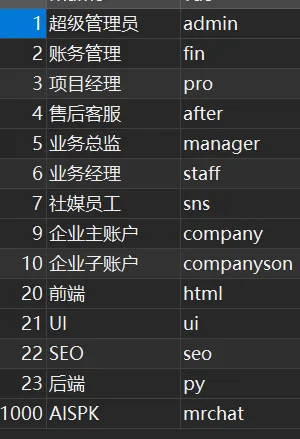



making lead oxide
Making Lead Oxide A Comprehensive Guide
Lead oxide is a critical compound used in various industries, including battery manufacturing, glass production, and ceramic glazes. Its importance cannot be overstated, as it plays a pivotal role in the performance and durability of products ranging from car batteries to specialized glass. In this article, we will explore the process of making lead oxide, its applications, and safety considerations associated with its production.
What is Lead Oxide?
Lead oxide, with the chemical formula PbO, can exist in various forms, including litharge (α-PbO) and massicot (β-PbO). Litharge is a yellow powder and is the most common form used in industrial applications. Lead oxide can also be produced in the form of lead dioxide (PbO₂), which is notably utilized in lead-acid batteries due to its electrochemical properties.
The Production Process
The production of lead oxide typically involves the oxidation of lead metal. This can be accomplished through several methods, each tailored to achieve specific forms of lead oxide
1. Direct Oxidation This method involves heating lead metal in the presence of oxygen. When lead is heated to approximately 600 degrees Celsius, it reacts with oxygen to form lead oxide. The reaction can be represented as follows
\[ 2Pb + O_2 \rightarrow 2PbO \]
This process is often performed in a controlled environment to ensure that the oxidation is complete and that impurities are minimized
.2. Chemical Oxidation In some cases, lead can be oxidized using chemical agents, such as hydrogen peroxide or nitric acid. This method is less common but useful when high-purity lead oxide is required for specific applications.
3. Hydrothermal Synthesis Another modern technique involves the use of hydrothermal methods, where lead salts are dissolved in a solvent and oxidized under high temperature and pressure. This method allows for better control over the particle size and morphology of the produced lead oxide, leading to enhanced performance in applications like battery manufacturing.
Applications of Lead Oxide
making lead oxide

Lead oxide has a wide range of applications across various industries
- Batteries The most significant use of lead oxide is in lead-acid batteries, commonly found in vehicles. Lead dioxide serves as the positive plate, while sponge lead makes up the negative plate. The electrochemical reaction between lead oxide and sulfuric acid generates electricity.
- Glass and Ceramics Lead oxide is added to glass to improve its refractive index and thermal stability. It is particularly valued in the production of crystal glass, which exhibits brilliance and clarity.
- Pigments In the paint industry, lead oxide is sometimes used as a pigment, known for its vibrant colors. However, due to safety concerns, its use has diminished in recent years.
- Soldering and Electrical Contacts Due to its properties, lead oxide is also used in soldering alloys and electrical contacts, providing good conductivity and durability.
Safety Considerations
While lead oxide is invaluable in many applications, it is essential to handle it with care due to its toxic nature. Prolonged exposure to lead compounds can lead to serious health issues, including neurological damage and other systemic effects. Therefore, strict safety protocols should be followed during the production and handling of lead oxide
- Personal Protective Equipment (PPE) Always wear appropriate PPE, including gloves, masks, and eye protection, when working with lead oxide.
- Ventilation Ensure adequate ventilation in the workspace to minimize inhalation risks.
- Waste Disposal Dispose of lead oxide and lead-containing waste according to local regulations to prevent environmental contamination.
Conclusion
The making of lead oxide is an essential process that underpins many modern technologies. Its versatility across various applications highlights its significance in industries such as battery manufacturing and glass production. However, the inherent risks associated with lead compounds necessitate strict safety measures to protect workers and the environment. As research continues to evolve, alternative materials may emerge, but for now, lead oxide remains a key player in several vital sectors.
-
Why Sodium Persulfate Is Everywhere NowNewsJul.07,2025
-
Why Polyacrylamide Is in High DemandNewsJul.07,2025
-
Understanding Paint Chemicals and Their ApplicationsNewsJul.07,2025
-
Smart Use Of Mining ChemicalsNewsJul.07,2025
-
Practical Uses of Potassium MonopersulfateNewsJul.07,2025
-
Agrochemicals In Real FarmingNewsJul.07,2025
-
Sodium Chlorite Hot UsesNewsJul.01,2025










